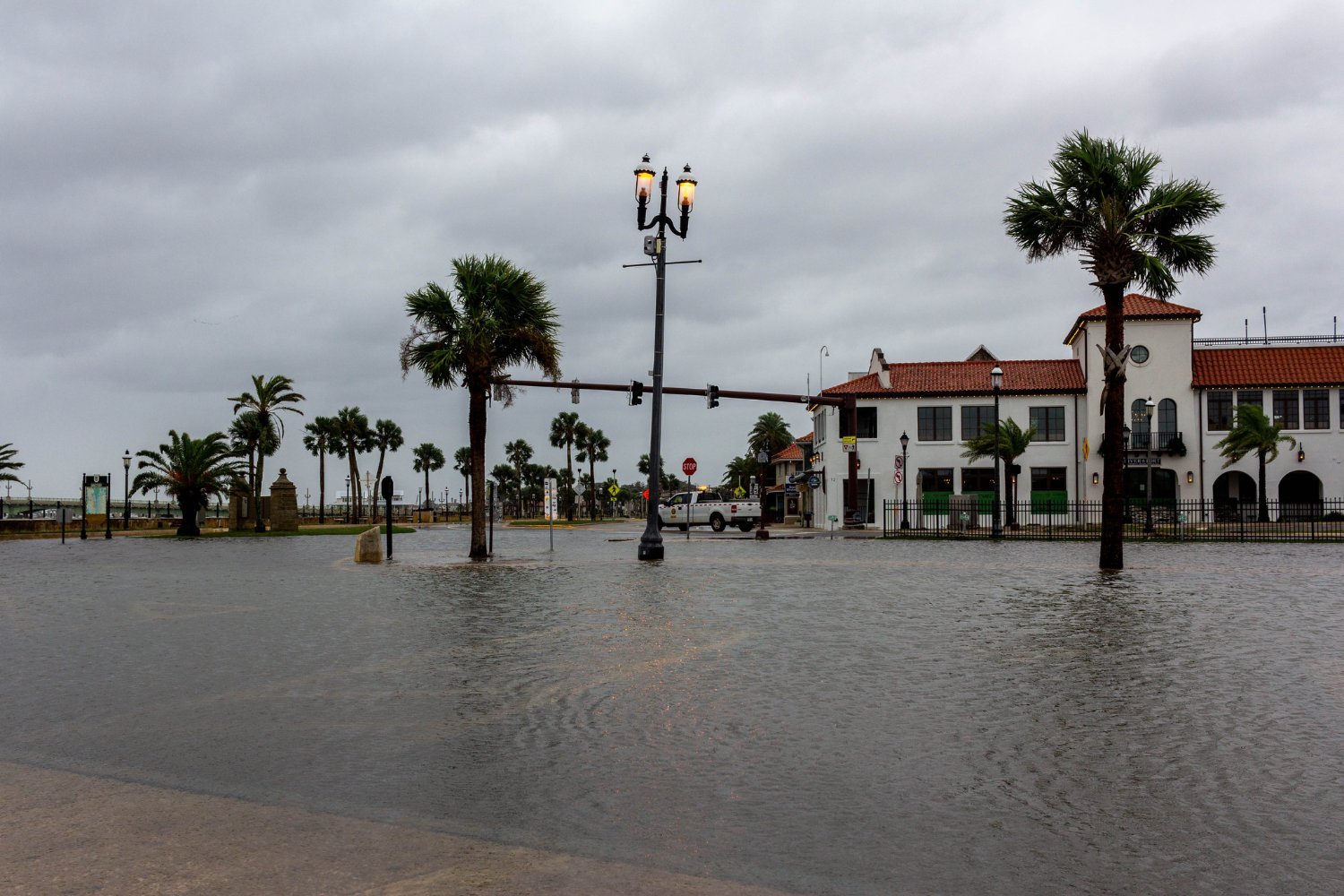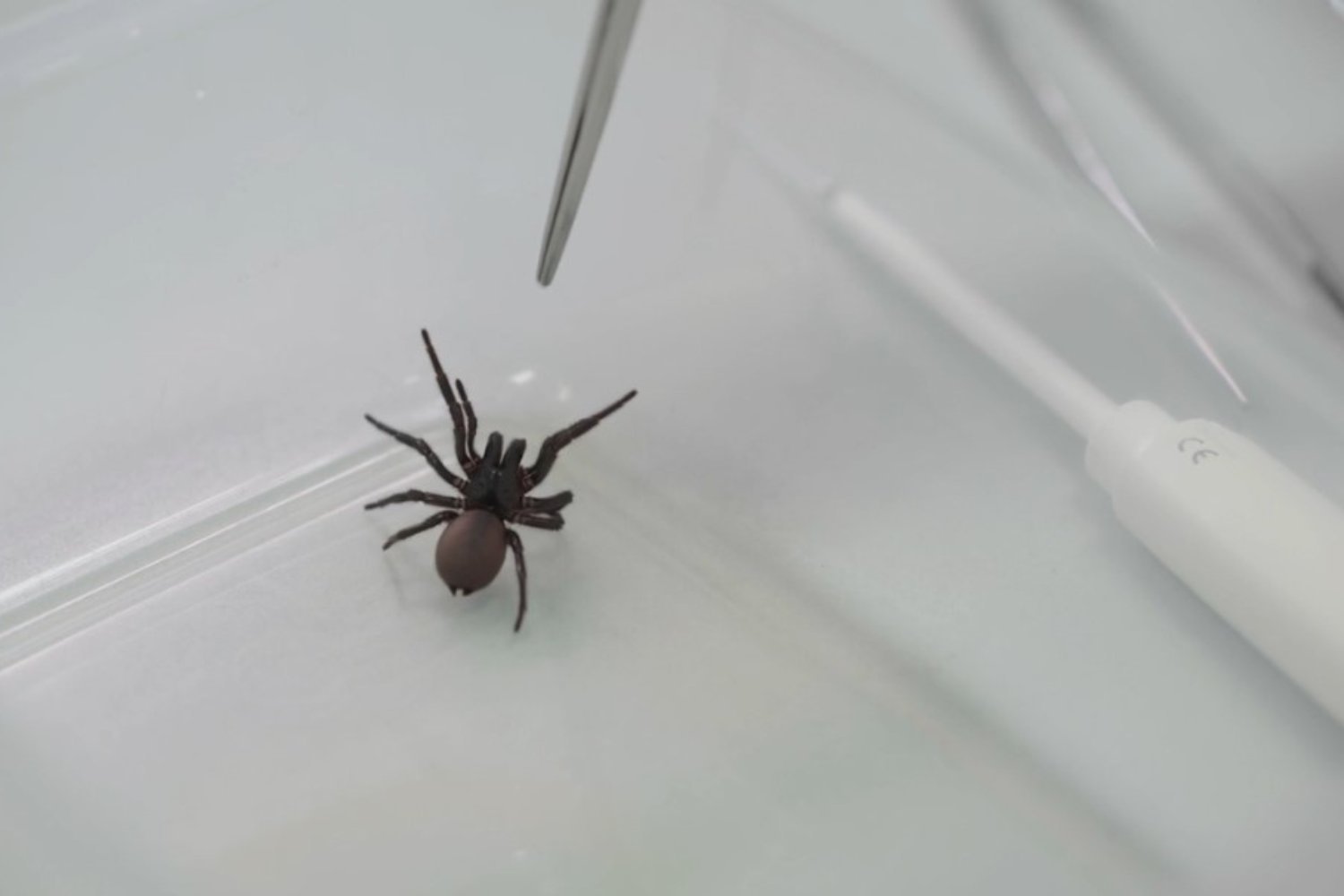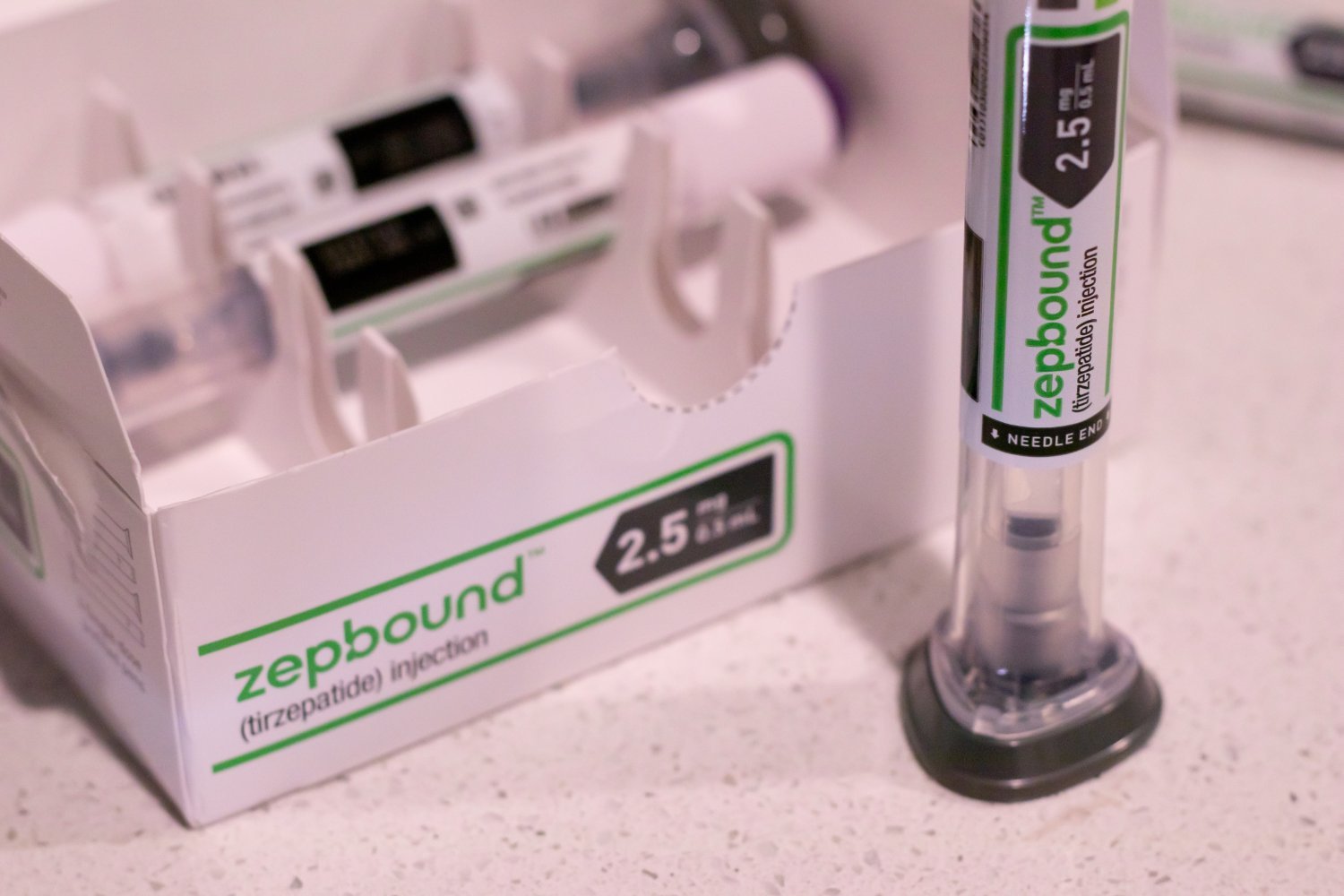Hurricane season in Florida has brought not only devastating winds and floods but also a concerning rise in cases of Vibrio vulnificus infections. This bacteria, commonly found in warm marine waters, can cause necrotizing fasciitis, a severe and rapidly progressing infection often referred to as “flesh-eating.” Florida health officials are urging residents to avoid contact with floodwaters following Hurricanes Helene and Milton, as these waters may harbor the dangerous bacteria.
Understanding the Threat of Vibrio vulnificus
Several species of Vibrio bacteria can cause illness in humans, but V. vulnificus poses a particularly serious threat. When this bacteria enters an open wound, it can trigger necrotizing fasciitis. This condition leads to the rapid destruction of skin and surrounding tissue, often requiring aggressive medical intervention. While V. vulnificus infections are relatively rare, with 150 to 200 cases reported annually to the Centers for Disease Control and Prevention (CDC), natural disasters like hurricanes can increase exposure to contaminated floodwaters, resulting in outbreaks.
Surge in Cases After Hurricane Landfalls
Before Hurricane Helene’s arrival in late September, Florida experienced a relatively mild Vibrio season. However, the situation changed dramatically after the hurricanes. By the end of September, 24 cases were reported, with a total of 38 new infections linked to Hurricanes Helene and Milton. This brings the total number of reported cases to 74, including 13 fatalities, compared to 46 cases and 11 deaths in the previous year. The Florida Department of Health has issued a strong warning to residents and visitors to avoid floodwaters and take precautions to prevent Vibrio exposure in anticipation of further flooding and heavy rain.
Increasing Threat and Climate Change Connection
While Vibrio vulnificus infections are still relatively uncommon, the mortality rate is alarmingly high, with approximately one in five infected individuals succumbing to the disease. Furthermore, evidence suggests that these infections are becoming more prevalent. The CDC issued a public health alert last year, warning about a potential spike in cases due to unusual heat waves off the eastern coast. Research indicates that reported Vibrio infections in the eastern United States increased eightfold between 1988 and 2018, with the geographical range of cases expanding northward annually. Climate change, and its associated impact on environmental factors such as rising sea temperatures and more frequent extreme weather events like hurricanes, is considered a significant contributing factor to this concerning trend.
Protecting Yourself from Vibrio vulnificus
Individuals with weakened immune systems are particularly vulnerable to severe Vibrio vulnificus infections. However, anyone with open wounds or cuts should exercise caution when coming into contact with salt or brackish water. It’s advisable to wear waterproof bandages over any open wounds when swimming in the sea. Thoroughly washing any cuts exposed to saltwater or brackish water with soap and running water is crucial. Vibrio vulnificus can also be transmitted through the consumption of raw or undercooked seafood, particularly oysters. Therefore, the CDC recommends thoroughly cooking all shellfish to minimize the risk of infection.
Conclusion: Vigilance and Prevention are Key
The recent increase in Vibrio vulnificus infections following Hurricanes Helene and Milton underscores the importance of awareness and preventative measures. By avoiding floodwaters, protecting open wounds, and practicing safe food handling, individuals can significantly reduce their risk of contracting this potentially deadly infection. Staying informed about public health advisories and following recommended guidelines are crucial for safeguarding your health during and after extreme weather events.











